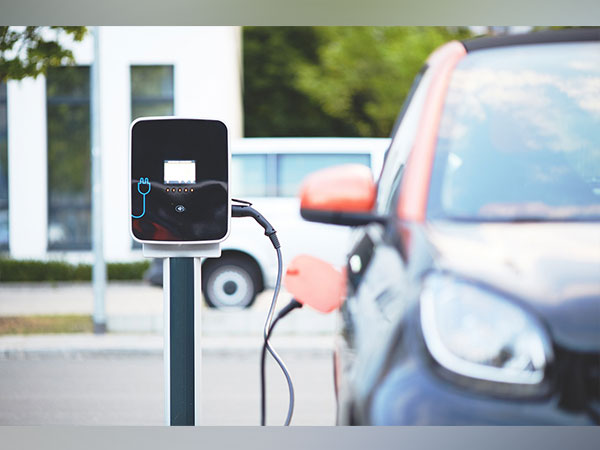The central government has officially notified the PM Electric Drive (E-DRIVE) subsidy scheme, with a financial outlay of Rs 10,900 crore. The scheme will be implemented from October 1, 2024, until March 31, 2026, and is designed to accelerate the adoption of electric vehicles (EVs) across India.
The scheme will focus on electric two-wheelers (e-2Ws), electric three-wheelers (e-3Ws), electric buses, and other emerging categories of EVs.
The PM E-DRIVE Scheme builds upon previous initiatives such as the Faster Adoption and Manufacturing of Hybrid and Electric Vehicles in India (FAME-I) and FAME-II programs. Launched in 2015, the FAME-I scheme began with an outlay of Rs 795 crore, later extended to Rs 895 crore. In 2019, FAME-II was introduced with a larger budget of Rs 10,000 crore, later increased to Rs 11,500 crore to support electric mobility until March 2024.
After the conclusion of FAME-II, the Electric Mobility Promotion Scheme 2024 (EMPS-2024) was implemented with a fund allocation of Rs 778 crore for the period from April 1, 2024, to September 30, 2024. The PM E-DRIVE Scheme now subsumes EMPS-2024, expanding the government’s efforts to boost electric mobility.
Key components of the scheme
The PM E-DRIVE Scheme is structured around three main components: demand incentives for different categories of EVs, grants for capital asset creation, and administrative measures to ensure smooth implementation.
The demand incentives will apply to e-2Ws, e-3Ws (including registered e-rickshaws and e-carts), e-ambulances, e-trucks, and other new EV models. A substantial portion of the funds will also go towards deploying e-buses, establishing a widespread charging infrastructure, and upgrading EV testing agencies.
A key objective is to lower the cost of EV acquisition for consumers. For the financial year 2024-25, the scheme will offer a demand incentive of Rs 5,000 per kWh for e-2Ws and e-3Ws. This will reduce to Rs 2,500 per kWh in FY 2025-26, aiming to make EVs more affordable and increase their adoption across the country.
In addition to demand incentives, the scheme also includes grants for setting up charging stations, expanding the fleet of e-buses, and upgrading testing facilities for electric vehicles. A total of Rs 7,171 crore has been allocated for the creation of capital assets, ensuring that India establishes a strong foundation for EV growth.
States are encouraged to offer additional fiscal and non-fiscal incentives, such as road tax waivers, reduced toll and parking fees, and permit exemptions, to further promote EV adoption. The Ministry of Heavy Industries (MHI) has called on state governments to actively participate and provide these incentives in alignment with the central scheme.
The overall budget of Rs 10,900 crore will be spread over two years, with Rs 5,047 crore allocated for FY 2024-25 and Rs 5,853 crore for FY 2025-26. The government aims to support the procurement of over 14,000 e-buses, establish 2,000 charging stations, and upgrade EV testing infrastructure across the country.
The scheme will be overseen by an inter-ministerial body, the Project Implementation and Sanctioning Committee (PISC), chaired by the Secretary of Heavy Industries. The PISC will be responsible for monitoring progress and ensuring the scheme’s successful rollout. It will also have the authority to address any challenges, including revising incentives, increasing the number of e-buses, and approving guidelines for testing agencies.
To qualify for the PM E-DRIVE incentives, vehicles must be registered as “Motor Vehicles” under the Central Motor Vehicle Rules (CMVR) and equipped with advanced battery technology.
(ANI)




















